When people learn to interact with horses it usually starts with riding lessons or they learn from a seasoned horse person. You’ll learn the ropes, which usually means the ‘rules’ of how things are done. Then one day, you discover that the rule doesn’t apply anymore… Why is that?
Why Rules Not Always Apply
Over the years you already might have learned some rules don’t work for you or the horses you work with. Why is that?
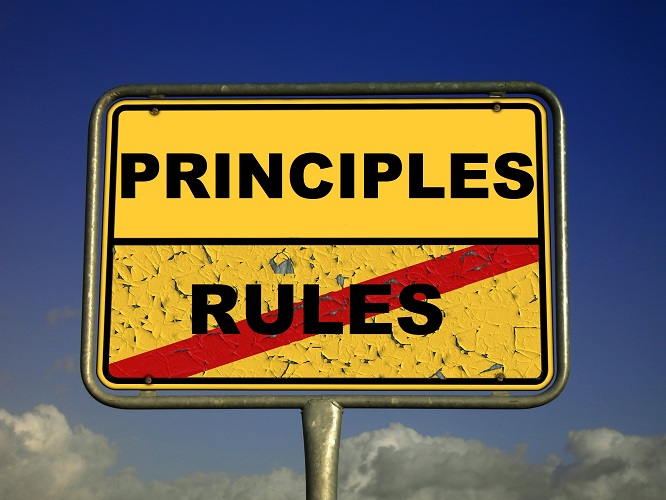
Because when you’re focused on the rule, you miss the principle behind the rule. That’s why it’s not working. Learn the Principle and you discover the Gold! That’s why I teach all my clients to base their training on Key Lesson #1 for Trainers: The Principle of Learning & Motivation.
It’s like Give a man a fish and he’ll eat for a day (rule), if you teach him how to fish (principle) he’ll never be hungry.
What’s the Principle behind the Rule?
That’s what I’ve been working on the past 3 decades and that’s why I can lead others to success in horse training. I don’t work with rules, I teach clients principles. They are way more worth, because it sets them up for life!
Examples of Rules that Not Always Work
These are rules that apply to some or maybe even most horses, not to all horses!
1. Horses will work for carrots.
My horse Kyra was born in a nature reserve and foals learn to eat what moms and other herd members eat. In nature horses don’t feed on carrots because they don’t grow in their habitat! Kyra literally had to learn to eat carrots, apples and man-made treats. Foals who are born at a barn have already learned that what people feed you is edible.

So what would be a principle behind this rule? The principle is that the receiver determines the reward (read: appetitive).
Some horses like to work for carrots, others prefer grain, grass pellets or something else. As trainer you have to figure out what motivates your horse.
You know that not all horses can’t be lured out of the pasture with a carrot. The carrot is simply not appetitive enough in those cases. More principles could be at work why the horse won’t come and how to determine that, is a whole other topic.
Still people are asking on the Internet: ‘What treats are best for in clicker training?’ The answer is… it depends on the horse and the situation. Appetitives can change in value.
If clicker training doesn’t work, it’s because people don’t apply the Key principles of Learning and Motivation, they try to apply ‘rules’ ~ HippoLogic
Tweet
The rule people hear is:
2. “Pressure-release will make the horse do what I want”.
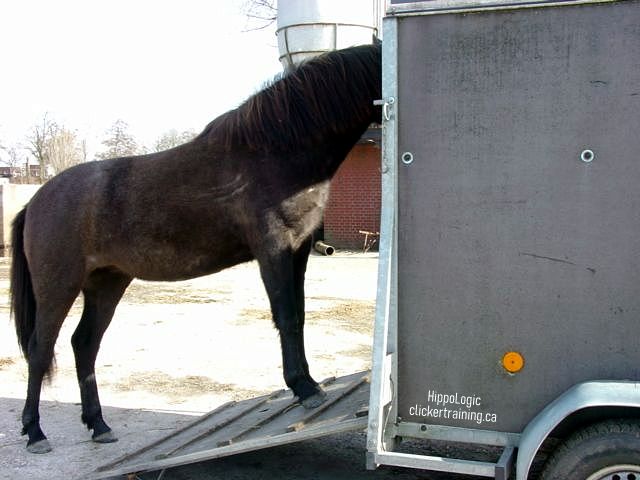
Look at people that have trouble loading their horse into a trailer. They apply pressure, they apply release and still the horse is outside the trailer.
In training it’s about the timing (learning happens when the aversive stimulus is released) and also about the strength and direction of the aversive (if the trailer is more aversive than the applied pressure, the horse won’t go in) or if an appetitive stimulus outside the trailer is stronger than the applied pressure the horse won’t go in. It’s about how the learner experience the aversive stimulus.
When I started to figure out the principles at work behind every rule in horse training things changed quickly. My clients got better results and problems were solved quicker and with less struggle.
3. Heels down, hands low, back straight, chin up!
This is what I was taught in riding lessons for many, many years. It didn’t make me a good rider at all. These are rules, the principle behind it (that they never taught me in the riding school), is to sit in balance.
When I took Centered Riding lessons I learned how to sit in balance. I learned that balance starts at the position of my pelvis: tipping it slightly forward it created a hollow back, legs that went backwards, heels went up and hands that were moving very much in order to keep my balance.
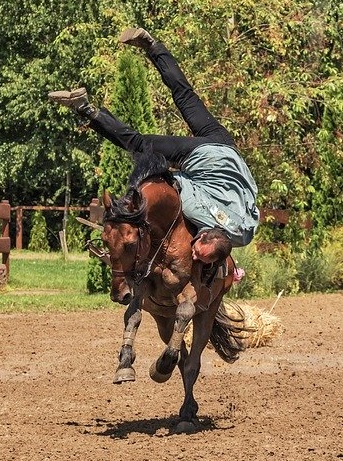
When I had my pelvis slightly tipped backwards, I rode with a curved back, my legs were in chair seat (before my point of gravity) and my chin was down.
Only if I kept my pelvis in ‘neutral’ (this is where your balance starts!) I was able to keep my legs in the right position, my back straight and could move with my horse instead of being before or behind my horse’s movement.
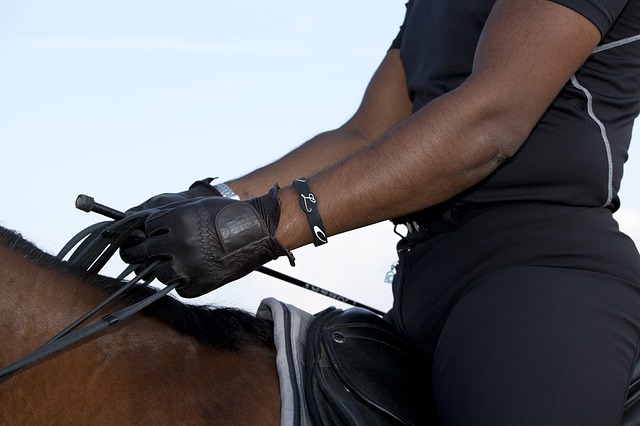
Only when I keep my pelvis in ‘neutral’ I can move with my horse. I am balanced, my hands can become soft because I move them in the rhythm of the movement of my horse’s head instead of my own body. My legs become still (in relation to the horse flank movements) because I don’t need to squeeze them in order to keep my balance. I became confident because I felt safe! That’s when I became a good rider.
Now you can see why these rules started: heads up, back straight and so on. They want to solve the symptoms of an unbalanced rider. Unfortunately they don’t work (how many times have you heard them!?) because they don’t solve the problem (balance). The principle of riding does: where does balance in a rider start? Right, in the pelvis! And that’s why it’s called ‘centered’ riding.
Want to Learn More About the Key Principles of Positive Reinforcement?
I you want to know more about the Principles (HippoLogic’s Key Lessons), join me for a free webinar in which I explain the 4 Main Reasons People get Stuck in Clicker Training (and solutions).
Spoiler alert: I will talk about principles!
Join HippoLogic’s Facebook group
Become a member of our Happy Herd on Facebook and get access to my Facebook LIVE’s.



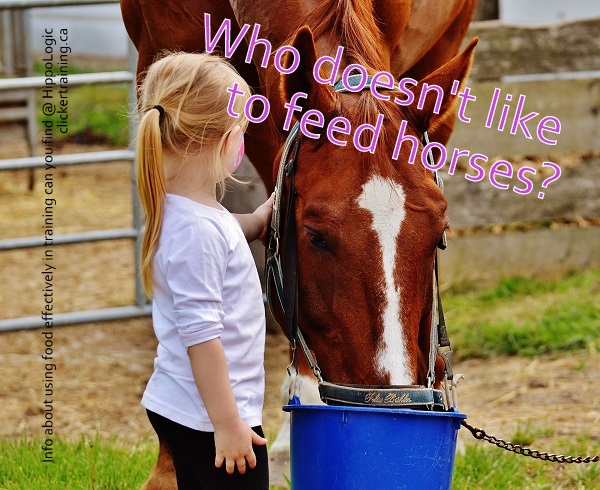
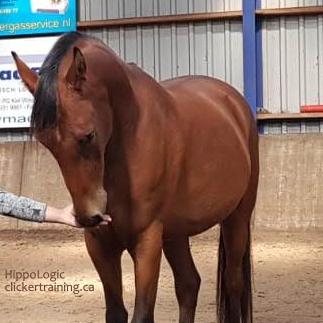 Finally you found a coach that encourages you to do what is one of the most reinforcing things to do: offering food and letting the horse take it off of your hand!
Finally you found a coach that encourages you to do what is one of the most reinforcing things to do: offering food and letting the horse take it off of your hand! 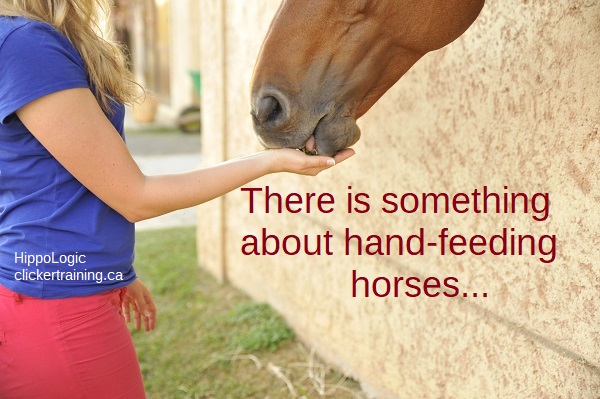

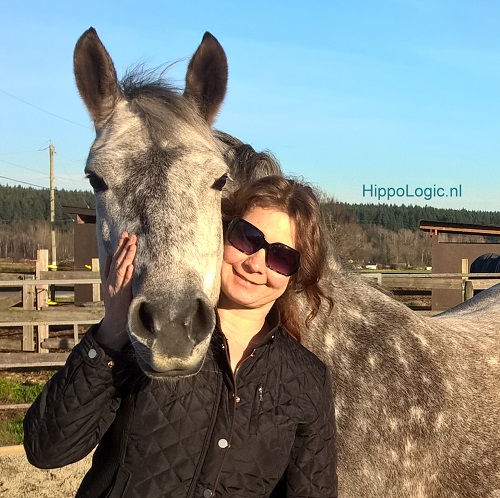
You must be logged in to post a comment.